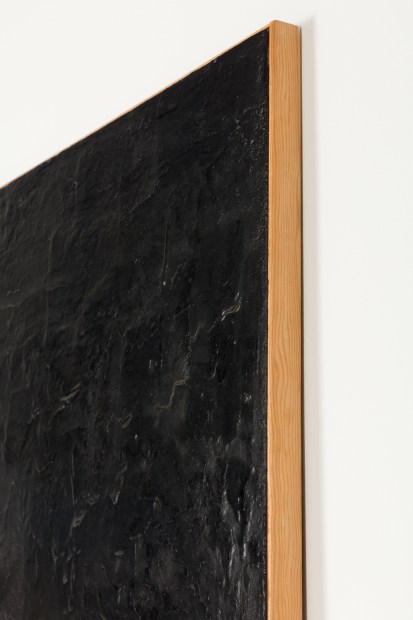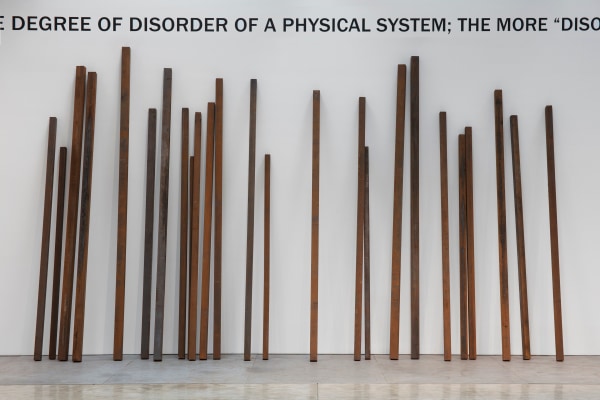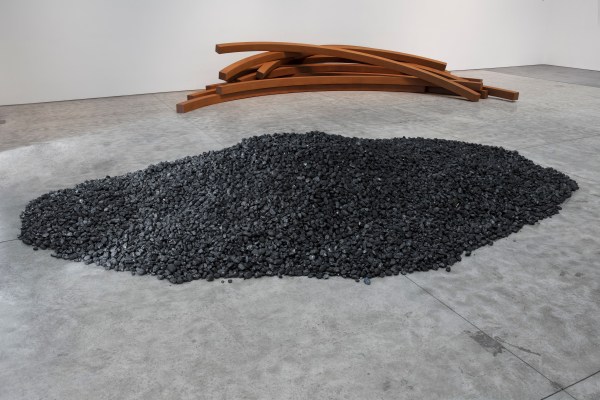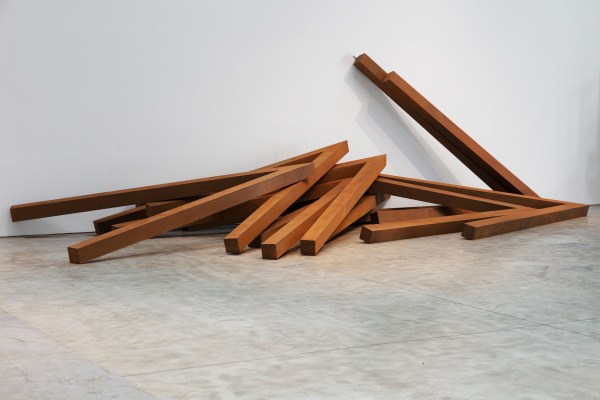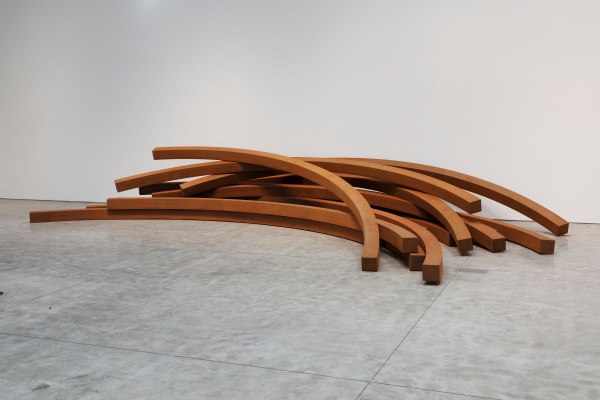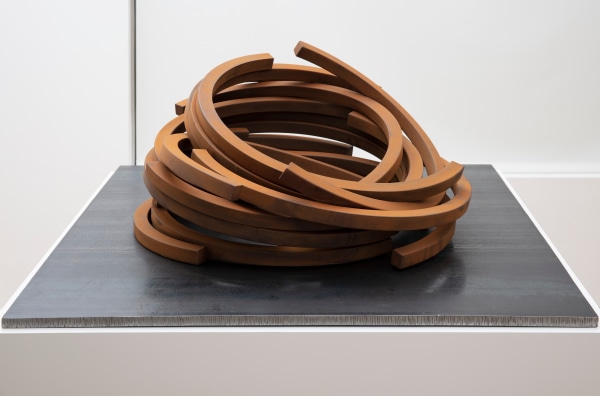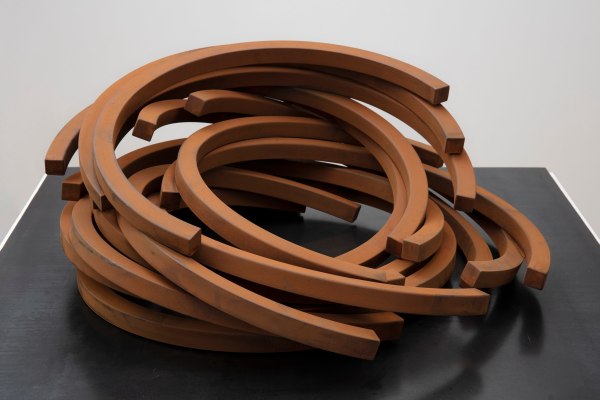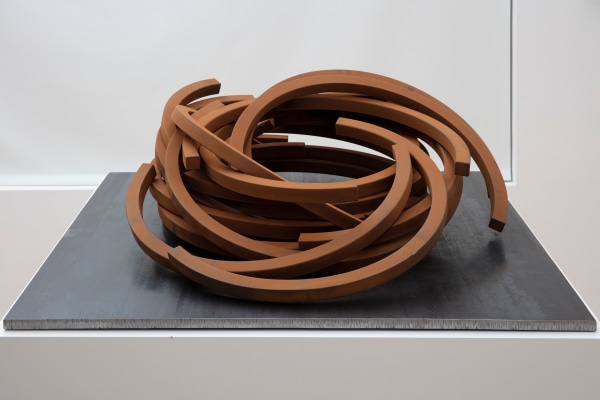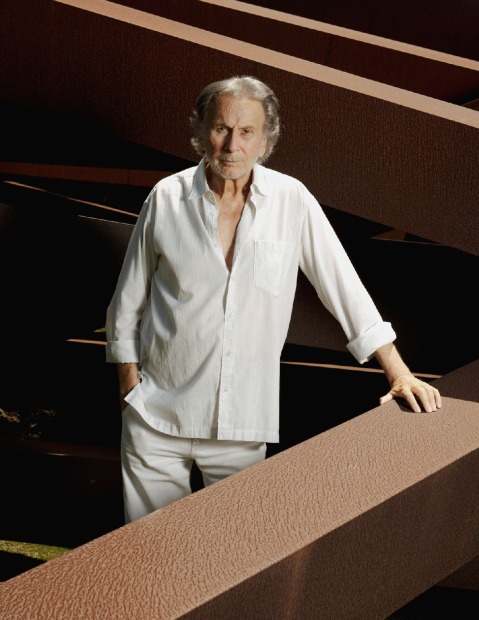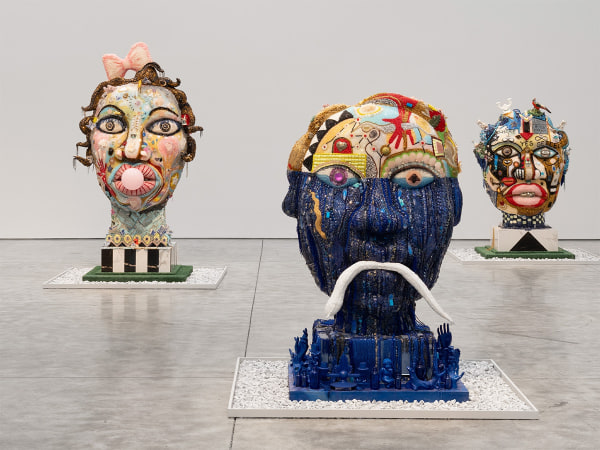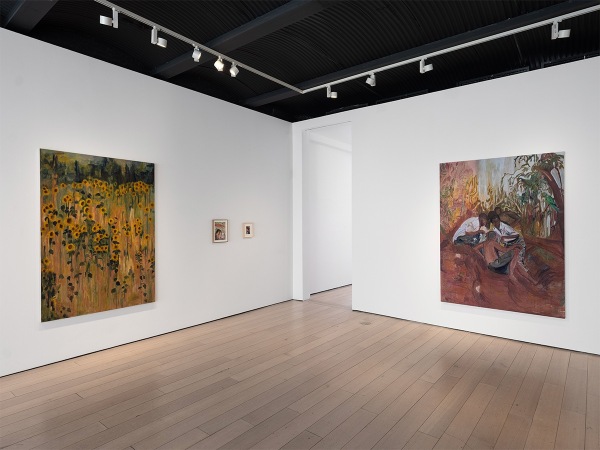Bernar Venet: Gravity
-
-
An exhibition of sculpture by French conceptual artist Bernar Venet (b. 1941) brings together major large-scale works spanning the artist’s expansive oeuvre, including the first New York presentation of Pile of Coal (1963), Venet’s first sculptural work, widely recognized as a pioneering example of sculpture without a specific shape. Offering American audiences the opportunity to see several historically significant works in one setting, the exhibition also includes works on paper and documentation of Venet’s earliest artistic gestures hailing from the 1960s. On opening night, Gravity commenced with a performance by the artist.
To accompany the presentation, The Kasmin Review published the first English version of the essay Bernar Venet: The Hypothesis of Gravity by Maurice Fréchuret, translated by John O’Toole.
-
Many of Venet’s sculptures exist as site-specific variations on the line. Developing on the artist’s recent exhibition at the Louvre-Lens Museum, included in the exhibition will be two of Venet’s Effondrements. The Effondrements are comprised of Arcs in one instance and of Angles in another, forms that have been explored extensively by the artist in series demonstrative of Venet’s abiding interest in the theoretical implications of the use of mathematical or scientific information in his work. Translating to “collapse” in English, these works consist of large, shaped steel beams in unmediated compositions that lie against the gallery wall.
-
-
Elsewhere in Gravity, the sculpture Accident (1995–2022) will further expand upon the intervention of the exhibition’s titular force—the artist will lean a series of steel bars against the gallery wall before knocking them over in a single gesture. This act, conceived in Le Muy in 1996 and most recently performed at the Kunsthalle Berlin in 2022, will form the basis of the opening night’s performance. Read in the context of a lineage that includes Dada, Fluxus, and Minimalism, these works emphasize the artist’s commitment to reshaping the environment through art.
-
-
Venet’s decisive collusion with the force of gravity forms a theoretical framework for works that rely on chance encounters outside of artistic, or even human, control—in the artist’s words, “a demonstration of the non-proportional, the unconstructed and the non-pre-established.” For Venet, each sculpture is a single iteration of the works’ many compositional possibilities. In demonstration of this element of his practice, which engages the artist’s body as a participant driven by will and determination, Venet has routinely conducted performances that instigate the collapse of his imposing forms, bringing the artwork to one version of its completion in the presence of an audience. As Fréchuret writes in the accompanying essay, Venet’s performances invite moments where “the formless can assume form again, and collapse and submission to gravity become a positive force, teeming with interesting possibilities and sources of new arrangements.”
-
-
Now in his eighties, Venet has realized one of the most significant bodies of conceptual work in the history of contemporary art. Venet's career began in the 1960s when the artist developed his Tar paintings, Scraps, Cardboard Reliefs and Pile of Coal. Later, after he established himself in New York, Venet would go on to explore painting, poetry, film, and performance. 1979 marked a turning point in the artist's career when he began a series of wood reliefs, Arcs, Angles, Diagonals, and the first of his Indeterminate Lines.
-

-
Recent major exhibitions include The Hypothesis of Gravity at the Louvre-Lens Museum, France; Bernar Venet, 1961–2021 at Tempelhof Airport, Kunsthalle Berlin, Germany and Bernar Venet: Another Language for Painting, He Art Museum, Foshan, China. Venet’s work can be found in more than 70 museums worldwide, including such venerable institutions as the Museum of Modern Art (MoMA), New York; the Solomon R. Guggenheim Museum, New York; the Hirshhorn Museum and Sculpture Garden, Washington, D.C.; the Centre Pompidou, Paris; Hamburger Kunsthalle, Hamburg; and the Musée d’Art moderne et contemporain (MAMCO), Geneva. Bernar Venet has also received commissions for sculptures permanently installed in Auckland, Austin, Bergen, Berlin, Denver, Paris, Neu-Ulm, Nice, Seoul, Shenzhen, Tokyo, and Toulouse.
-
Works
-
About the Artist

-
Explore
-

vanessa german: GUMBALL—there is absolutely no space between body and soul
April 3 – May 10, 2025 509 West 27th Street, New York, 514 West 28th Street, New YorkKasmin presents its second solo exhibition of new work by artist vanessa german (b. 1976), which debuts related bodies of sculpture across two of the gallery’s spaces in New York. GUMBALL—there is absolutely no space between body and soul deepens german’s singular approach to sculpture as a spiritual practice with the power to transform lived experience. Both series comprise mineral crystals, beads, porcelain, wood, paint and the energy that these objects bring to life to form monumental heads and figures in the act of falling. Together, each body of work envisions the transformation of consciousness necessary to imagine a new world. -

Helena Foster: Time Honoured
April 3 – May 3, 2025 297 Tenth Avenue, New YorkThe first New York solo exhibition of London-based painter Helena Foster features new oil paintings on linen, paper, and vellum that express the artist’s lyrical approach to painting as an accumulation of cultural and generational wisdom. Foster draws freely from literature, theater, film, Igbo oral tradition, and religion, achieving a dreamlike aura of mystery in dynamic compositions ambiguously set between thick vegetation and the built environment.
-




